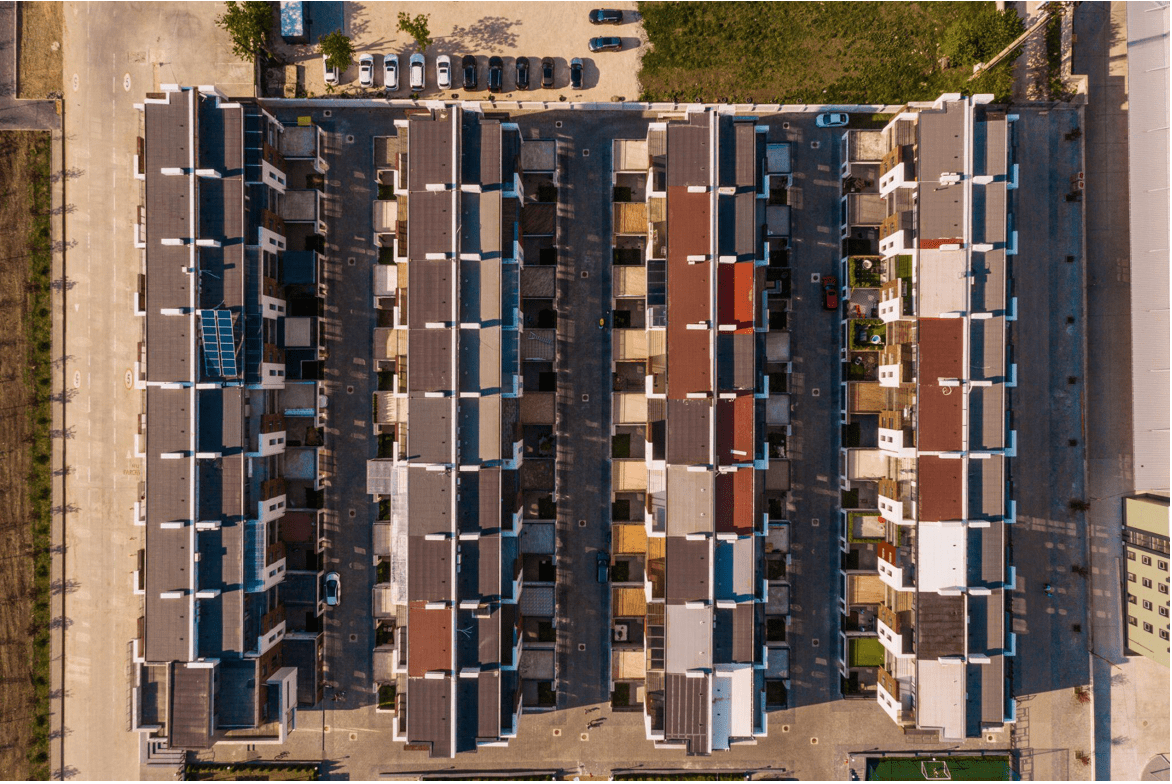Property fixing and flipping comes in various forms. What’s common is that everyone wants to do it profitably. Nikolaos Debeyiotis, a real estate developer, says it’s vital to approach the exercise with a good plan. That way, you’re sure to make a good return on your investment.
The first step is to identify the type of neighborhood you’re going for and the ideal property. Then determine renovation costs and the selling price.
According to Nikolaos, your neighborhood choice helps you figure out the price range. On top of that, you get an idea of who the target buyers are. Once you find the right property, you’ll know the extent of renovations necessary. Right off the bat, you must install granite countertops and stainless steel appliances in a Class A neighborhood.
Another key thing to consider is the time it takes to sell the property. And it’d be best to know the ideal season to renovate it. Nikolaos urges you to find the neighborhood after repair value (ARV). This metric helps keep you on track to sell the property in a reasonable time. If your ARV differs significantly from the neighborhood average, the property could be hard to sell.
Get the numbers right
You can only make a profit if you get the numbers right. So, your estimates must be realistic. The last thing you want to do is fall in love with a property and assume that things will work out. Once you accurately peg the buying price, renovation costs, and selling price, you can determine the profit. Remember to throw in hard money loan interest.
Debeyiotis emphasizes the need to avoid overpaying for a deal. He recommends finding your target property’s comps and working backward to determine the ideal buying price. Use the 70% rule to ensure you have all your ducks in a row.
It’s super-important to pay 70% of the property’s ARV, excluding the money you use for renovations. Doing so lets you narrow down your property list quickly and easily. You can then go into detail before deciding to buy.
Watch real estate market trends
Debeyiotis says keeping an eye on market trends lets you make informed decisions. You can detect a downturn before you commit to a fix-and-flip project. You want to avoid getting caught up in a slow market after buying a property. Most projects take several months to complete.
If you start a project and end up in a downturn, you’ll likely find it hard to sell at a profit. In some cases, the market trends you need to watch are local. You may notice significant changes in property values in a particular neighborhood. Many things can affect market prices, including new developments close to your target property.
About Nikolaos Debeyiotis
Born in Athens, Greece, Nikolaos owns Debco LP and Debco Capital. He operates his real estate business in Canada and the United States. Debeyiotis has many years of experience buying and selling multi-residential and commercial properties in North America.
The real estate developer has fixed and flipped countless apartments and other properties. He works alongside a team of dedicated renovation experts.

